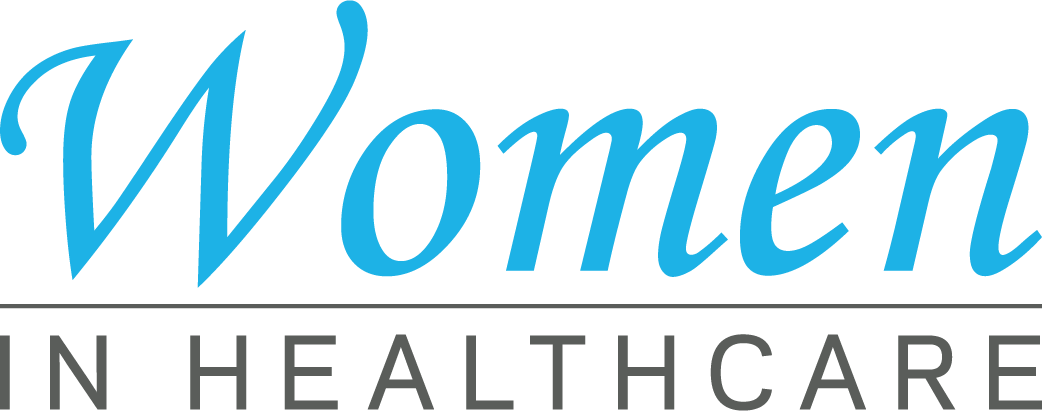Comprehensive Healthcare RCM for Improving Client Invoicing and Settlements
Comprehensive Healthcare RCM for Improving Client Invoicing and Settlements
Blog Article
A Comprehensive Overview on Exactly How Medical Care RCM Functions to Simplify Billing and Collections
Navigating the complexities of health care revenue cycle monitoring (RCM) is vital for companies aiming to enhance their payment and collections processes. The guide unboxes the details of RCM, from client enrollment to accounts receivable management, offering insights right into maximizing each action.
Comprehending Revenue Cycle Monitoring
Realizing the intricacies of Profits Cycle Monitoring (RCM) is essential for health care organizations aiming to optimize their financial efficiency. RCM is an essential management function that incorporates the entire monetary procedure of individual care, from the initial consultation setting to the final payment of the balance. It is a complex treatment created to recognize, accumulate, and manage the earnings from the services offered to people. Efficient RCM makes sure that health care companies receive prompt and exact repayments, reducing the danger of earnings loss and improving capital.
The RCM process starts when an individual timetables an appointment and expands through the client's treatment trip, consisting of payment and collections. A vital goal is to minimize the time in between obtaining and providing a solution settlement, thus boosting the company's economic wellness. RCM includes various functions such as individual registration, insurance coverage confirmation, charge capture, coding, declares submission, payment posting, and dealing with appeals and denials.
Key Components of RCM
In the world of Revenue Cycle Administration (RCM), understanding its essential elements is essential to attaining economic performance within health care organizations. RCM is a thorough procedure that incorporates numerous stages, each important to making sure effective payment and collections. The key parts include individual registration, insurance policy confirmation, fee capture, coding, claim submission, repayment publishing, and receivable management.


Once coded, insurance claims are submitted to payers, where accuracy is paramount to stay clear of rejections or delays - Healthcare RCM. Payment posting entails taping the gotten payments, which permits for the reconciliation of accounts. Last but not least, accounts receivable management concentrates on monitoring and resolving unpaid insurance claims, making sure timely follow-up and resolution
Each component of RCM is adjoined, and inadequacies in any kind of component can interrupt the entire cycle. Therefore, mastering these components is essential for medical care service providers to maximize income and improve their financial health and wellness.
Techniques for Reliable Billing

Standardizing billing treatments throughout the company is an additional key approach. Developing clear standards for paperwork, coding, and entry aids preserve uniformity and compliance with regulative demands. Educating team regularly on these procedures ensures everybody is up-to-date with the most up to date modifications in payment codes and payer policies.
Accurate fee capture is crucial in preventing earnings leak. Implementing regular audits and surveillance systems enables for the identification and modification of inconsistencies before they impact earnings. Furthermore, maintaining open lines of communication with payers aids to click to investigate rapidly solve any disagreements or misconceptions that might emerge.

Finally, appealing patients early in the payment process by supplying clear price quotes and instructional materials concerning their monetary responsibilities can considerably decrease complication and enhance repayment timeliness. These strategies jointly contribute to a more reliable and financially healthy and balanced invoicing system.
Enhancing Collections Procedures
A robust collections process is essential for maintaining financial stability within medical care organizations. Provided the complexities of clinical billing and the range of payer demands, improving the collections process entails executing critical actions that guarantee timely and accurate payment of services provided. Central to this is making use of innovation to automate and improve processes, enhancing and minimizing hands-on errors effectiveness. Automation devices can aid in tracking claim standings, sending out timely tips to individuals, and taking care of denials better.
Training staff to recognize the nuances of insurance policy plans and billing codes is similarly necessary. This understanding equips them to resolve billing disparities promptly and interact properly with patients concerning their financial obligations. Furthermore, clear and clear individual interactions are important. Supplying thorough descriptions of charges and using adaptable repayment strategies can increase individual complete satisfaction and timely payments.
Regular audits of the collections procedure ought to be conducted to determine locations for enhancement and ensure compliance with guidelines. By analyzing data, healthcare organizations can identify trends, prepare for possible concerns, and adapt techniques accordingly (Healthcare RCM). Inevitably, a well-enhanced collections process not only supports economic wellness Continued however also adds to an extra seamless experience for patients and team alike
Optimizing Income Streams
Building upon the structure of a solid collections procedure, health care organizations can better boost their monetary stability by purposefully enhancing revenue streams. This involves a multi-faceted strategy, starting with an extensive evaluation of existing profits sources to determine ineffectiveness and areas for development. Employing innovative information analytics tools allows companies to obtain insights into payer mix, client demographics, and solution application patterns, enabling for data-driven choices that improve profits capture.
Executing automated payment systems can significantly reduce mistakes and speed up insurance claims refining, ensuring that earnings is collected much more efficiently. Moreover, maximizing payer agreements with regular settlements can boost reimbursement rates and terms, straight influencing the bottom line. Diversifying service offerings, such as integrating telehealth or health care, can also bring in a broader client base, therefore boosting income possibility.
An additional essential component is boosting individual engagement and satisfaction, as completely satisfied individuals are most likely to stick to therapy plans and make timely repayments. Offering flexible settlement options and clear payment techniques can boost collections and foster person commitment. Healthcare RCM. By taking on these strategies, health care companies can develop a much more resistant monetary framework, ensuring continual growth and stability in an ever-changing industry landscape
Conclusion
Finally, healthcare Earnings Cycle Monitoring (RCM) plays a critical function in maximizing billing and collections processes by incorporating crucial elements such as client registration, insurance confirmation, fee capture, coding, claims entry, and balance due monitoring. By employing advanced innovation, standardizing treatments, and cultivating client involvement, doctor can considerably lower case denials, accelerate settlement cycles, and boost money circulation. This detailed strategy to RCM eventually leads to improved monetary efficiency and sustainability for medical care companies.
The RCM process begins when a patient schedules an appointment and expands via the individual's care journey, including payment and collections.One more essential element is boosting patient interaction and contentment, as completely satisfied people are a lot more likely to adhere to therapy strategies and make timely repayments. Using adaptable payment alternatives and go to website clear billing practices can improve collections and foster individual loyalty.In verdict, medical care Revenue Cycle Management (RCM) plays a critical function in enhancing invoicing and collections procedures by integrating essential parts such as patient registration, insurance policy verification, charge capture, coding, asserts submission, and accounts receivable administration. By utilizing sophisticated innovation, standardizing procedures, and fostering person interaction, health care companies can significantly decrease case rejections, speed up payment cycles, and boost money circulation.
Report this page